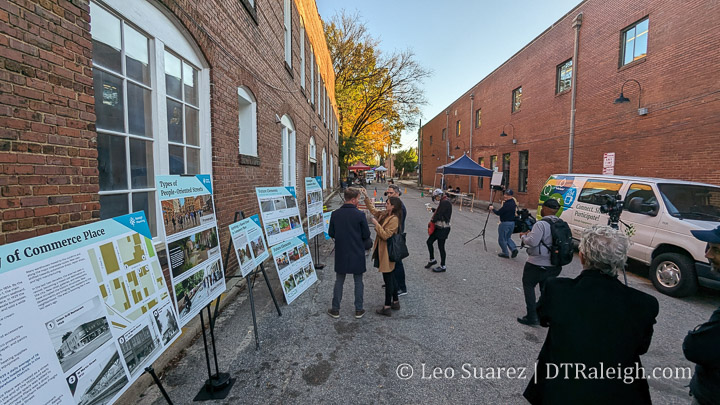
Raleigh Magazine had a great event earlier this month in downtown Raleigh. While this post is not about the event exactly, you can’t help but spot the urbanism that took place during it. A parking lot was taken over for one night to bring people together to celebrate Raleigh’s hospitality industry. Easily, over 100 people were in this space, covered by a tent, where about a dozen or so cars typically park. I attended the event and couldn’t help but notice that this space works much better for people rather than for cars.
Continue reading →



